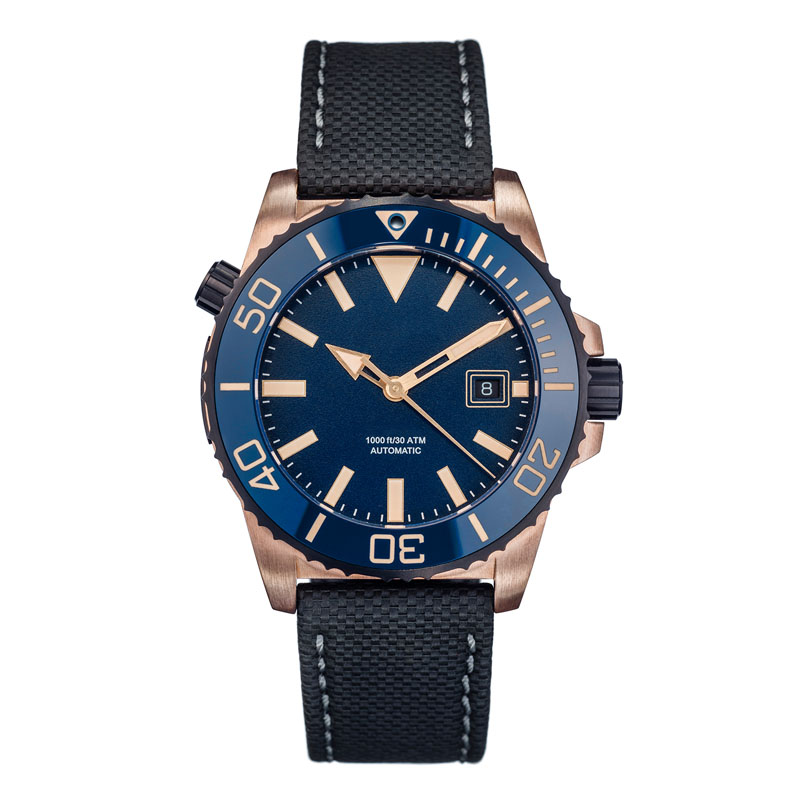Understanding the Function of Gears in a Mechanical Watch: How They WorkAs a representative of the industry, diving watch It is necessary to set a certain example for peers and lead the way in product quality. https://www.supertimewatch.com/
Mechanical watches are intricate timepieces that operate through a carefully orchestrated system of gears and springs. These gears, despite their small size, play a crucial role in the precise functioning of a mechanical watch. This article will explore the function of gears in a mechanical watch, how they work, and why they are essential for accurate timekeeping.
The Role of Gears in a Mechanical Watch
Gears are integral to the operation of a mechanical watch. They work together to convert the energy stored in the mainspring into the precise movement needed to display time accurately. Here¨s a breakdown of their roles:
Power Transmission:
From Mainspring to Gear Train: The mainspring, when wound, stores potential energy. This energy needs to be transmitted through a series of gears to the hands of the watch. Gears help transfer this energy smoothly and at controlled rates.
Regulation of Power: Gears regulate the flow of energy, ensuring that the watch operates at a consistent rate. This regulation is crucial for maintaining accurate timekeeping.
Timekeeping Accuracy:
Gear Ratios: Gears have different sizes and teeth counts, which create specific gear ratios. These ratios control the speed at which the watch hands move. For example, the gear ratio between the gears in the gear train determines the rate at which the seconds, minutes, and hours hands advance.
Precision: The precise alignment and meshing of gears ensure that each component of the watch works in harmony, contributing to accurate timekeeping.
How Gears Work in a Mechanical Watch
To understand how gears work in a mechanical watch, let¨s explore the key components and their interactions:
The Gear Train:
Components: The gear train consists of several gears arranged in a specific sequence. The main gears in the train are the center wheel, the third wheel, the fourth wheel, and the escapement wheel.
Function: Each gear in the train has a specific function and interacts with other gears to transmit power and regulate timekeeping. For example, the center wheel rotates at a rate of one revolution per hour, driving the subsequent gears in the train.
The Escapement Mechanism:
Components: The escapement mechanism consists of the escape wheel and the pallet fork. The escape wheel is connected to the gear train, while the pallet fork interacts with the escapement wheel to control its movement.
Function: The escapement mechanism regulates the release of energy from the gear train. It ensures that the gears move at a consistent rate by periodically releasing the energy stored in the mainspring. This controlled release of energy is essential for accurate timekeeping.
The Balance Wheel:
Components: The balance wheel is a small, oscillating wheel that works in conjunction with the hairspring (or balance spring).
Function: The balance wheel oscillates back and forth at a precise frequency. Each oscillation corresponds to a specific time interval. The gear train¨s movement is synchronized with the balance wheel¨s oscillations, ensuring that the watch hands advance at a consistent rate.
Gear Ratios and Synchronization:
Ratios: Gear ratios are determined by the number of teeth on each gear. For instance, a gear with 20 teeth driving a gear with 40 teeth will produce a 2:1 gear ratio, causing the driven gear to rotate at half the speed of the driving gear.
Synchronization: The gears in a mechanical watch are meticulously calibrated to ensure that the hour, minute, and second hands move in perfect synchronization. This synchronization is essential for accurate timekeeping and display.
mechanical watch gears
Common Issues and Solutions
1. Gear Misalignment:
Issue: Misaligned gears can cause the watch to run inaccurately or stop altogether.
Solution: Regular servicing by a professional watchmaker can ensure that gears are properly aligned and adjusted. If you notice irregularities, have your watch inspected and repaired by an expert.
2. Gear Wear and Tear:
Issue: Over time, gears can experience wear and tear, affecting their performance.
Solution: Regular maintenance and lubrication can help reduce wear and extend the lifespan of the gears. Replace worn gears promptly to maintain accurate timekeeping.
3. Dirt and Debris:
Issue: Dirt and debris can interfere with the smooth operation of gears.
Solution: Keep your watch clean and avoid exposing it to dust or moisture. Professional cleaning and servicing can remove contaminants and ensure smooth gear operation.
4. Temperature Variations:
Issue: Extreme temperature variations can affect the movement of gears and the accuracy of the watch.
Solution: Store your watch in a stable environment with controlled temperature and humidity. Avoid exposing it to extreme conditions to prevent performance issues.
Conclusion
Gears are the heart of a mechanical watch, translating the energy from the mainspring into precise timekeeping. Their function in power transmission, time regulation, and synchronization is essential for the accurate display of time. Understanding how gears work and addressing common issues can help you maintain your mechanical watch in optimal condition. With proper care and regular servicing, you can ensure that your mechanical watch continues to function beautifully and accurately for years to come.